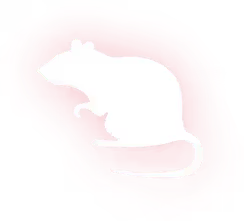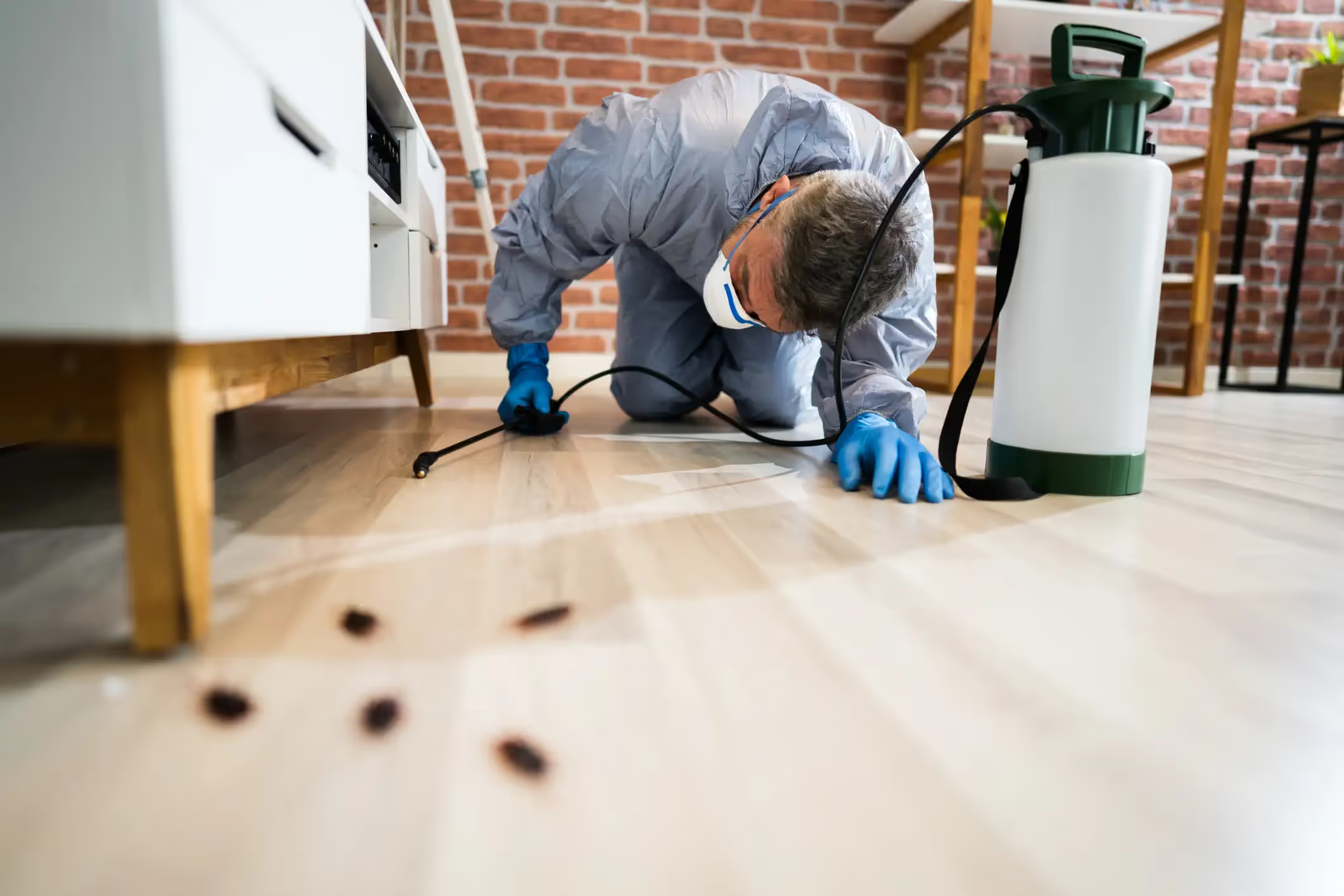

Roach Exterminator in Hudson, TX
Powerful roach exterminator in Hudson, TX by Spot On Pest Control, LLC. Remove infestations quickly. Contact us today to schedule expert pest service.

Spot On Pest Control, LLC provides specialized services for homeowners seeking a trusted Roach Exterminator in Hudson, TX. Cockroach infestations are more than an annoyance—left unchecked they pose health risks, damage property, and are notoriously difficult to eliminate. In Hudson, TX, warm humid weather and seasonal storms create ideal conditions for multiple cockroach species to thrive and move indoors. A specialized roach extermination plan tailored to local species, sanitation realities in area homes, and follow-up monitoring is the most reliable way to fully eradicate an infestation and prevent recurrence.
Why localized roach control matters in Hudson, TX
- Hudson’s hot, humid summers and frequent precipitation increase moisture around foundations, attract insects, and push outdoor roach species into homes.
- Many Hudson properties with older plumbing, crawl spaces, or nearby wooded/agricultural parcels are at particular risk.
- Effective cockroach control in Hudson requires understanding which species are present and addressing both chemical treatment and the environmental conditions that sustain them.
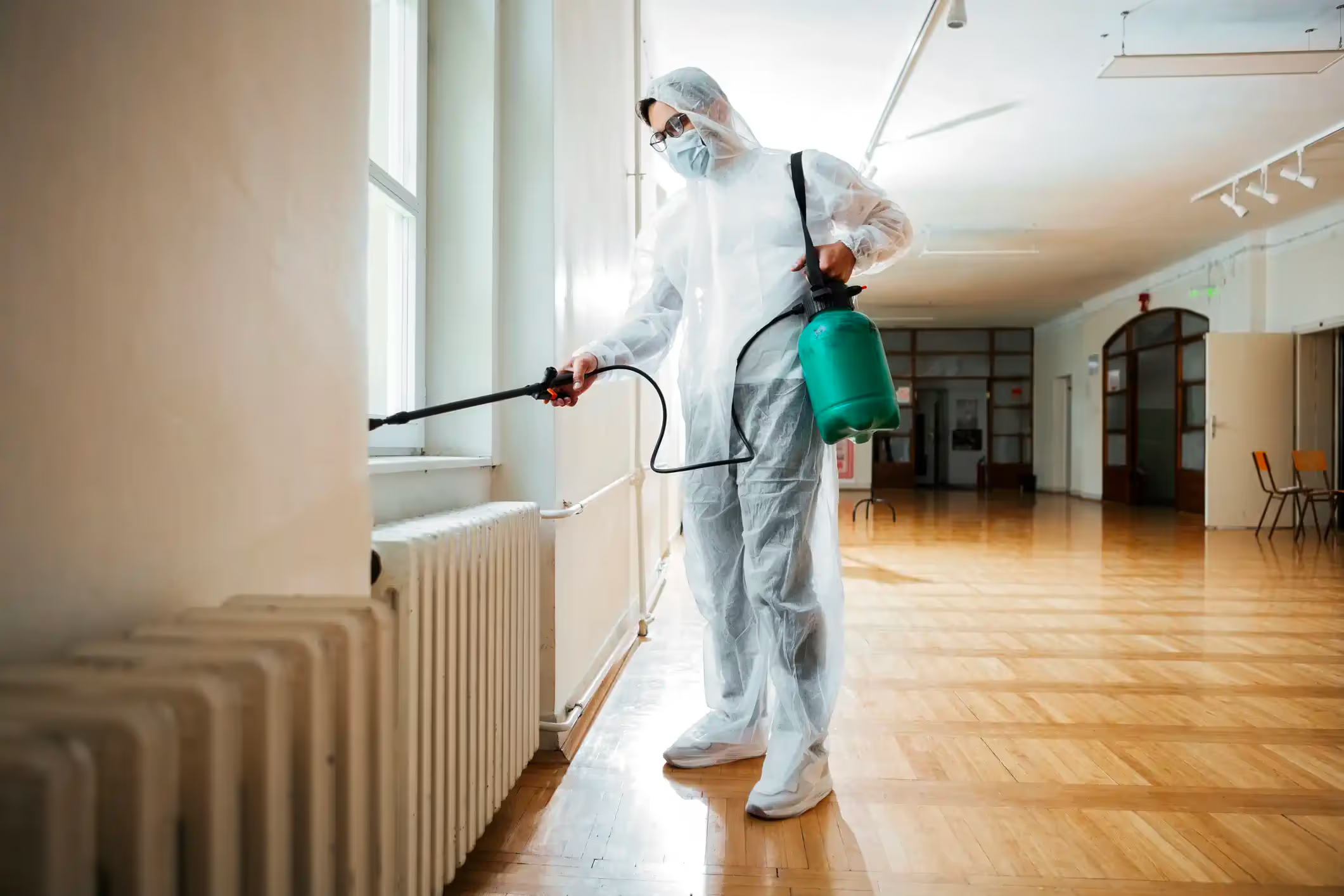
Common roach species and why identification matters
Identifying the species shapes the treatment plan because behavior and harborage differ:
- German cockroaches: Small, light brown. Prefer kitchens and bathrooms, reproduce rapidly indoors. Best controlled with targeted baits and insect growth regulators.
- American cockroaches: Large, reddish-brown. Often enter from sewers or exterior spaces; require perimeter and exclusion measures plus residual treatments.
- Smokybrown cockroaches: Strong fliers, attracted to lights at night. Typically controlled with exterior treatments and sealing entry points.
- Oriental cockroaches: Dark, like damp cool areas (basements, crawl spaces). Require moisture control, exclusion, and residual treatments.
Accurate ID informs where to place baits, which residuals will work best, and whether the focus should be interior baiting or exterior perimeter treatments.
How a professional diagnosis works
A structured inspection determines severity and source:
- Check for live roaches and droppings (small black pepper-like specks).
- Look for egg cases (ootheca), shed skins, grease marks along baseboards and appliance voids.
- Inspect kitchens, bathrooms, laundry areas, wall voids, crawl spaces, attics, and exterior entry points (vents, rooflines, gaps).
- Identify moisture problems, food sources, clutter, and landscaping conditions that encourage outdoor harborage.
Based on findings, a species-specific treatment plan and follow-up schedule are developed.
Proven treatment methods used for full eradication
Integrated cockroach control combines non-chemical and chemical tactics to remove current infestations and prevent rapid reinfestation:
- Targeted baiting: Gel baits and bait stations placed in cracks, appliance voids, under sinks and behind refrigerators. Baiting is the most effective method for German cockroaches because they feed on baits and share it with nestmates.
- Residual crack-and-crevice treatments: Low-odor residual sprays applied in wall voids, baseboards, and exterior perimeters to create a barrier and kill roaches returning to harborages.
- Dusts for voids: Boric acid or silica-based dusts applied in inaccessible voids and junctions where sprays and gels cannot reach.
- Insect growth regulators (IGRs): IGRs interrupt development and reduce egg viability, slowing reproduction so baiting and residuals can eliminate the population.
- Sanitation and exclusion: Sealing gaps, repairing screens, door sweeps, weatherstripping, and plumbing repairs. Reducing food and water sources greatly enhances treatment success.
- Monitoring and mechanical removal: Glue traps and follow-up inspections to measure success and guide follow-up actions. Vacuuming of visible clusters before treatment can immediately reduce numbers.
Treatment choices depend on species, infestation size, home layout, and resident safety considerations. In Hudson, exterior perimeter work is often paired with interior baiting because outdoor species commonly seek shelter inside during storms and peak summer heat.
Health considerations and safety
- Cockroaches trigger allergies and asthma, contaminate food and surfaces, and can carry pathogens such as Salmonella and E. coli.
- Professional control minimizes chemical exposure by using targeted baiting and concentrated treatments in harborage sites rather than broad-sweep fogging.
- Treatments are applied per label, and choices can be made to prioritize low-toxicity baits and targeted residuals when children or pets are present.
Typical service timeline and follow-up scheduling
A reliable treatment plan includes scheduled follow-ups to interrupt breeding cycles and confirm elimination:
- Initial inspection and treatment: Identify species and apply bait/residual treatments.
- First follow-up (7–14 days): Assess bait consumption, reapply or adjust placement, and add IGR if needed.
- Second follow-up (30 days): Confirm population decline, treat remaining hotspots, and reinforce exclusion measures.
- Ongoing monitoring (monthly to quarterly, based on severity): Routine checks and preventive exterior treatments during peak seasons (spring and summer) when Hudson sees heightened activity.
Most infestations are controlled within 2–3 treatment cycles for German cockroaches; exterior-driven infestations may require a combination of perimeter treatments and structural repairs over several months to fully resolve.
Practical sanitation and exclusion steps you can implement now
While professional service addresses the infestation directly, these immediate steps reduce attractions and speed recovery:
- Eliminate standing water and fix leaky pipes or condensation from AC units.
- Store food in sealed containers; clean spills and crumbs promptly.
- Empty and clean garbage containers regularly; use tight-fitting lids.
- Declutter storage areas, cardboard boxes, and piles where roaches hide.
- Seal gaps around pipes, vents, door thresholds, and utility penetrations.
- Keep outdoor lighting away from entryways; trim vegetation away from foundations.
Long-term prevention and what to expect after treatment
Effective cockroach control is ongoing in humid climates like Hudson, TX. After an infestation is eliminated, continued attention to sanitation, seasonal perimeter treatments, and periodic monitoring are the best defenses. A combined approach—accurate species ID, targeted chemical treatments, exclusion, and humidity control—delivers the highest chance of long-term success and reduces health risks associated with roach activity.
This roach-focused, species-specific strategy acknowledges local climate pressures and home types common to Hudson, TX, ensuring treatments are aligned with how and why roaches invade in this area.
Hudson’s Roach-Free Living Starts Here
If roaches have taken over your kitchen, bathrooms, or walls, don’t wait—contact Spot On Pest Control, LLC for fast, local help. Our expert team provides precise treatment plans that include preventative Maintenance Plans, available Financing Options, and a current Special Offer to help you start strong. Let’s work together to eliminate cockroaches at the source and keep them from coming back. Reach out today for a safer, cleaner home.
Our Services
Our pest control services cover ants, termites, bed bugs, rodents, mosquitoes, and other common pests, with customized solutions for both residential and commercial properties.
.png)


